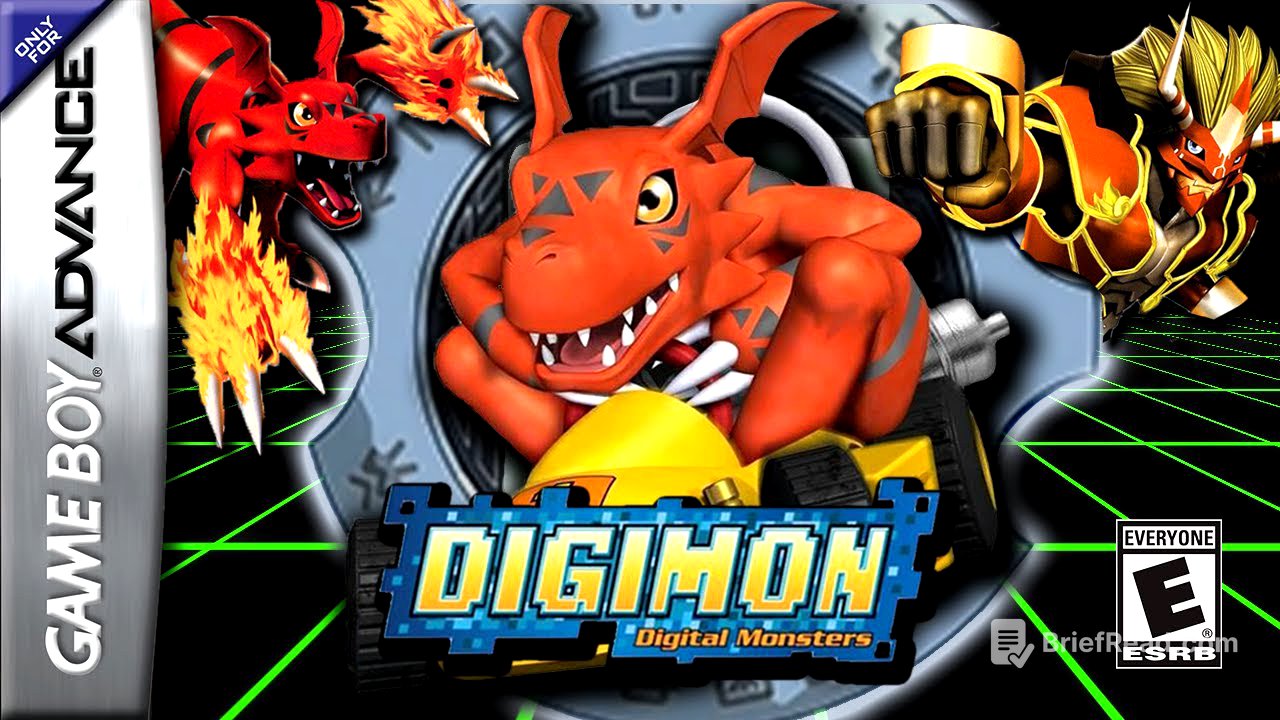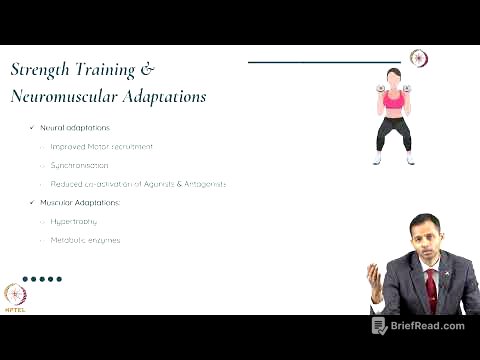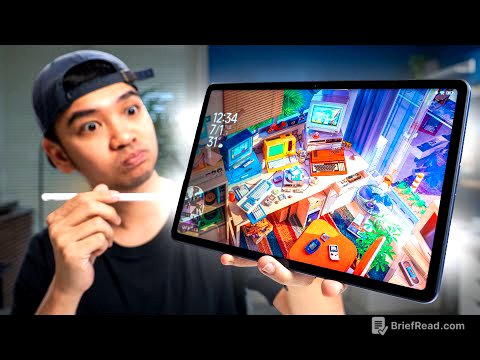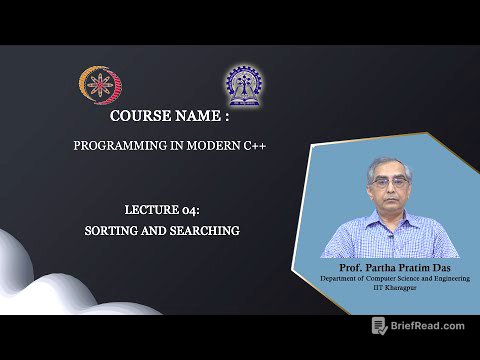TLDR;
This video reviews three Digimon games released for the Game Boy Advance: Digimon Battle Spirit, Digimon Battle Spirit 2, and Digimon Racing. The Battle Spirit games are simple fighting games where players collect orbs, while Digimon Racing is a kart racer. The review covers gameplay mechanics, unlockable content, and overall impressions of each game, including a comparison of the Japanese and American versions of Battle Spirit.
- Digimon Battle Spirit: A simple but enjoyable fighting game with unique orb-collecting gameplay and unlockable characters.
- Digimon Battle Spirit 2: A faster-paced sequel with improved combat but less unlockable content and a frustrating final boss.
- Digimon Racing: A kart racer with a unique hopping mechanic and digivolving system, offering a fun but repetitive experience.
Intro [0:00]
The video introduces a review of three Digimon games for the Game Boy Advance: Digimon Battle Spirit, Digimon Battle Spirit 2, and Digimon Racing. These games were released in the mid-2000s, a period when Digimon games were increasingly going portable. The reviewer aims to get back into the release order of Digimon game reviews, as these titles predate Digimon World 4.
G Fuel: Use code WAYNEISBOSS! [2:44]
The content creator promotes G Fuel, an energy drink company that supports gamers. G Fuel products contain vitamins and caffeine without added sugar, preventing crashes and jitters. They come in various flavors, including those based on popular games and characters. The creator's favorite flavor is Miami Nights. Viewers can use the code "WAYNEISBOSS" for 20% off their online order, supporting both themselves and the channel.
Digimon Battle Spirit [3:50]
Digimon Battle Spirit features a simple opening cinematic and a plot detailed in the manual, available on videogame manuals.com. The story involves dark Digimon threatening both the digital and real worlds, prompting a group of Digimon to band together, though they mostly fight each other. Players choose from Digimon like Guilmon, Terriermon, and Renamon, each with unique moves. The controls are simple: A to jump, D-pad to move and block, and B for basic attacks. The goal is to knock D-Spirit Balls out of opponents and collect them before time runs out, similar to the struggle competitions in Kingdom Hearts 2.
Players navigate stages, collect orbs, and use items dropped by defeated Digimon to gain an advantage. Kulimon appears periodically, granting temporary digivolution to the player who reaches him first, providing increased power and invulnerability. The game involves balancing attacking, defending, and gathering orbs, with no on-screen counter for the opponent's orbs. The game features seven courses with stage-specific elements. Impmon can interrupt matches, offering a tough fight with unique advantages. The final boss is Millenniummon, who is challenging but beatable. Completing the game unlocks a cheat code for Digimon Rumble Arena.
Unlockable content includes Black Agumon, Labramon, and Gabumon, each with different move sets. Unlocking Impmon requires defeating him and accumulating 300 orbs without losing a match, which can be achieved by lowering the difficulty. The game is enjoyable but repetitive, with only one memorable music track, Origin Park. A more advanced port, Digimon Tamers Battle Spirit Version 1.5, was released for the Wonderswan Color, featuring extra characters, a new final boss, and additional levels.
Tamers Battle Spirit 1.5 [14:33]
Digimon Tamers Battle Spirit Version 1.5, a re-release of the first game for the Wonderswan Color, includes all original content with extra characters unlocked from the start, except for Antylamon. It features a new final boss fight against Zeed Millenniummon, new characters like Padamon, Gatomon, and a new Guilmon entry that digivolves into Gallantmon Crimson Mode. Impmon can now digivolve into Beelzemon Blast Mode. There are also extra levels and some content was cut from the American game. The Wonderswan version reveals the original taunt, which is a recurring joke in Digimon games.
Digimon Battle Spirit 2 [16:07]
Digimon Battle Spirit 2, originally released on the Wonderswan Color in Japan, draws inspiration from the Digimon Frontier anime. The premise involves kids transforming into Digimon to fight a corrupted Cherubimon. The available roster includes Agunimon, Lobomon, Kumamon, Kazemon, and Beetlemon. The game is faster-paced with more aggressive animations. Digivolution is present but works differently, with characters powering up to use advanced forms for special attacks.
Players collect different types of orbs, each worth varying points, and gold bits to fill a meter for an ancient warrior attack, a super move that deals massive damage. The combat system is fluid, encouraging aggressive and defensive play. However, the game has limited unlockable content, with only three characters: EX Agunimon, EX Lobomon, and Lowemon. The final fight against Cherubimon is difficult due to the boss's spamming attacks and the need for specific moves to attack. Despite its improved gameplay, the game feels like a step back due to the lack of content and frustrating boss fight.
Digimon Racing [23:50]
Digimon Racing, exclusive to the Game Boy Advance, allows players to race as Digimon. The game lacks an intro or manual, but offers Cup Race, Quick Race, Time Trial, and a Trophy Room. Players select Digimon from the original Digimon Adventure partners and choose a cart color, with additional characters and colors unlockable. The character models are pre-rendered 3D sprites. A digivolving mechanic is present, with characters transforming through in-training, rookie, and champion forms by driving over tiles on the track.
Players can pick up items to use against opponents and utilize a hopping mechanic to avoid hazards and access shortcuts. Mastering turns is crucial, as drifting can cause spin-outs. The game features several cups with tracks set around File Island, culminating in boss battles against Omnimon, Diaboromon, or MaloMyotismon. The boss fights are simple, requiring players to hit the boss three times with fireballs. There are nine cups in total, with the last being a boss rush. The game becomes repetitive due to the compilation of the same tracks.
Conclusion [32:44]
The Game Boy Advance Digimon games are solid but simple titles that offer a way to kill time. Digimon Racing was enjoyable, and the reviewer is interested in trying out multiplayer. The reviewer mentions issues encountered during the video's production, such as corrupted footage and re-recorded voiceovers. The next video will be on Digimon World 4. The video concludes with shout-outs to top-tier patrons and a thank you to viewers for watching.


![Saturn and the Jews [Renaissance Astral Magic Documentary] [Bonus Scene]](https://wm-img.halpindev.com/p-briefread_c-10_b-10/urlb/aHR0cDovL2ltZy55b3V0dWJlLmNvbS92aS9RdWxWSzNsa1ZkSS9ocWRlZmF1bHQuanBn.jpg)





